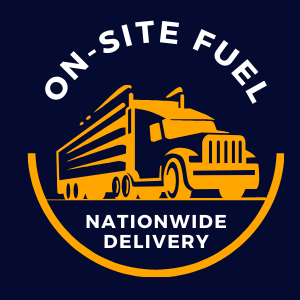Efficient Fuel Management:
In industries reliant on heavy machinery, vehicles, and generators, efficient fuel management is crucial for maintaining productivity and minimizing operational costs. Traditional refueling methods often involve time-consuming trips to fuel stations, leading to downtime and logistical challenges. However, the emergence of on-site fueling solutions, particularly wet hosing, has revolutionized fuel logistics, offering businesses a more convenient and cost-effective alternative.
Understanding On-Site Fueling
On-site fueling involves the delivery of fuel directly to the customer’s location, bypassing the need for vehicles or equipment to travel to refueling stations. This approach eliminates downtime associated with refueling, allowing businesses to maintain continuous operations without interruptions. Wet hosing, a subset of on-site fueling, refers specifically to the delivery of fuel directly into vehicles or equipment while they remain in operation.
Benefits of On-Site Fueling and Wet Hosing:
Increased Efficiency: On-site fueling, particularly wet hosing, significantly improves operational efficiency by eliminating the need for vehicles to leave job sites for refueling. This reduces downtime and maximizes productivity, ultimately leading to greater profitability for businesses.
Cost Savings: On-site fueling can result in substantial cost savings by minimizing fuel wastage associated with idle time and detours to refueling stations. Additionally, bulk fuel purchases and optimized delivery schedules can further reduce fuel expenses.
Enhanced Safety: By reducing the need for vehicles to travel to refueling stations, on-site fueling mitigates the risks associated with transporting fuel over long distances. This improves safety for both drivers and the environment, minimizing the likelihood of accidents and spills.
Environmental Benefits: On-site fueling solutions can contribute to environmental sustainability by reducing emissions associated with vehicle travel to refueling stations. Moreover, advanced fuel management systems can optimize fuel usage, further minimizing environmental impact.
Implementation and Case Studies:
Construction Industry: Construction companies often operate fleets of heavy machinery and vehicles across multiple job sites. Implementing on-site fueling and wet hosing allows them to maintain productivity by refueling equipment directly at the job site, minimizing downtime and improving efficiency.
Agriculture Sector: Agricultural operations, such as farms and ranches, rely heavily on machinery and vehicles for various tasks. On-site fueling solutions enable these businesses to refuel their equipment conveniently, ensuring continuous operations during critical periods, such as planting and harvesting seasons.
Future Outlook and Innovations:
The adoption of on-site fueling and wet hosing is expected to continue growing as businesses recognize the numerous benefits they offer. Advancements in technology, such as telemetry systems and mobile fuel delivery platforms, will further enhance the efficiency and reliability of on-site refueling operations. Additionally, the integration of alternative fuels, such as biodiesel and renewable diesel, could provide sustainable solutions for fueling needs.
Advancing Fuel Logistics On-Site Fueling and Wet Hosing Solutions:
On-site fueling, particularly through wet hosing, represents a game-changing solution for businesses seeking to optimize their fuel logistics. By bringing the refueling process directly to the customer’s location, on-site fueling minimizes downtime, reduces costs, and enhances operational efficiency. As the demand for more convenient and sustainable fueling solutions continues to rise, on-site fueling and wet hosing are poised to become integral components of modern fuel management strategies across various industries.



